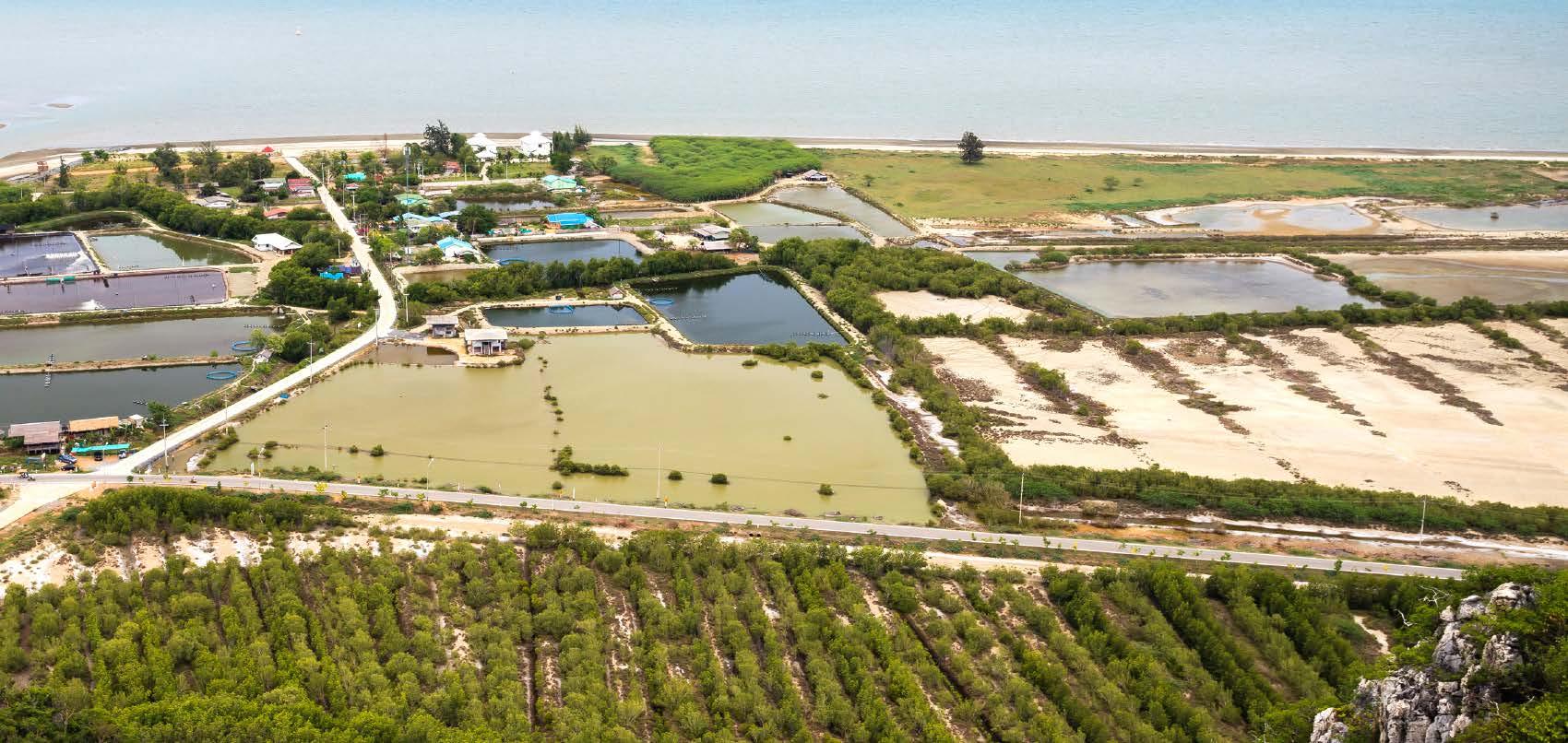SALMONIDS
Overcoming Barriers to Support the Growth of Land-based Atlantic Salmon Production
Support for research and technological development is needed to facilitate the sustainable growth of this industry sector, which is vital to meeting U.S. seafood demand and reduce the national seafood trade deficit. To provide industry with timely and relevant recommendations to combat saprolegniasis and to ensure optimal fillet quality, current research on Land-based closed containment Atlantic salmon production is being carried out at both the University of Wisconsin Stevens Point Northern Aquaculture Demonstration Facility (UWSP NADF), as well as The
By: Greg Fischer, Emma Wiermaa, Chris Good, John Davidson, and Steve Summerfelt *
Status of Atlantic salmon in RAS Land-based closed containment (LBCC) salmonid production represents an important and growing sector of the overall aquaculture industry. LBCC fish farm operations utilizing water recirculation aquaculture system (RAS) technologies offer the industry a viable
70 Âť
Conservation Fund Freshwater Institute (TCFFI) in West Virginia, this article presents relevant information on the matter.
and sustainable means to expand domestic production, while capitalizing on the numerous benefits to this approach, including: enhanced biosecurity, a high degree of control over the fish rearing environment, technologies to effectively capture wastes in order to reduce environmental impact, limiting interaction
between farmed fish and wild populations, and reduced overall carbon footprint by providing increased domestic seafood availability close to local markets. While most of the Atlantic salmon consumed in the U.S. is imported from Chile, Norway, and Canada, domestic production of Atlantic
JUNE - JULY 2020





